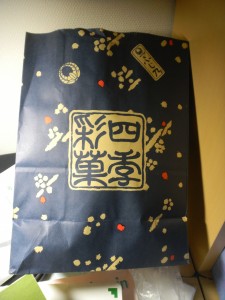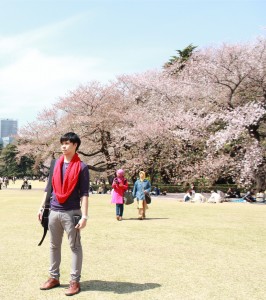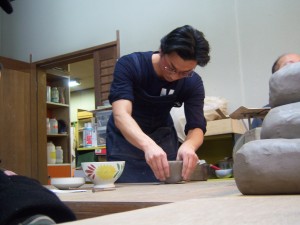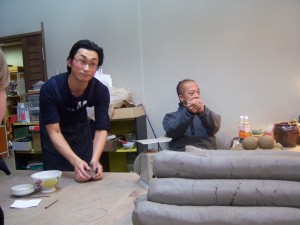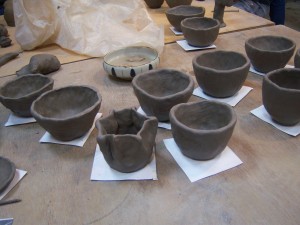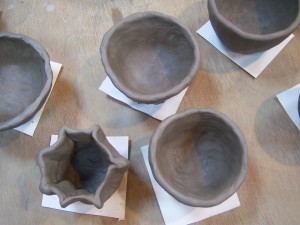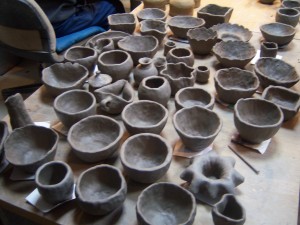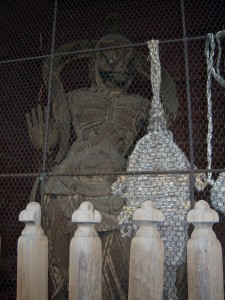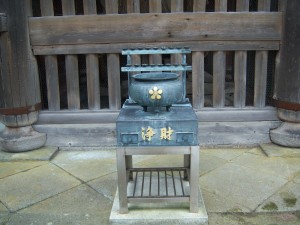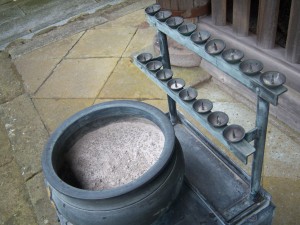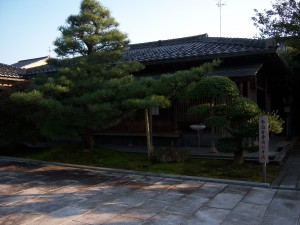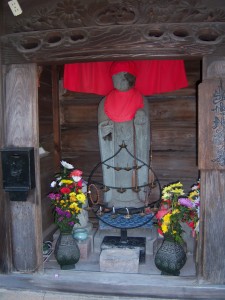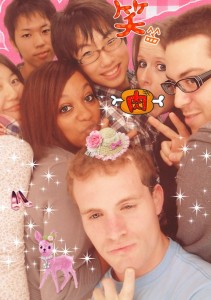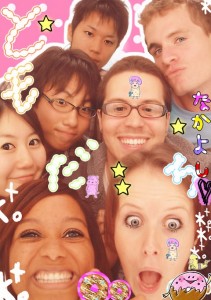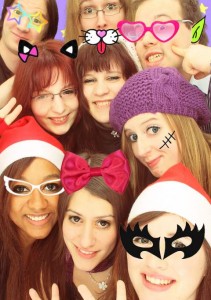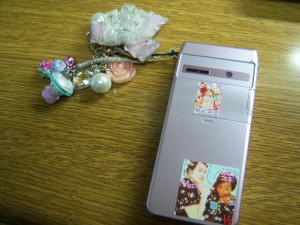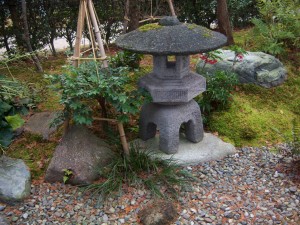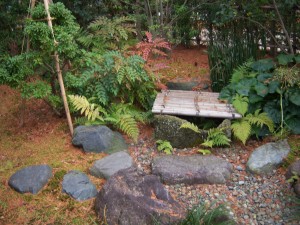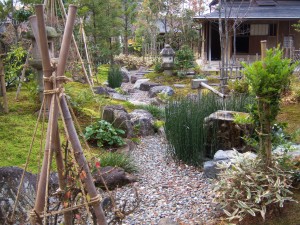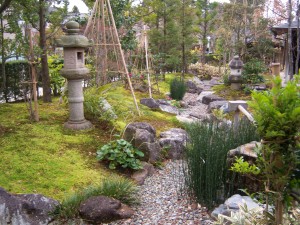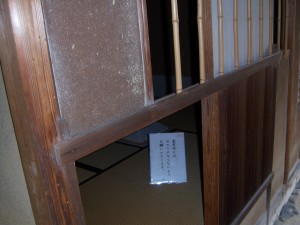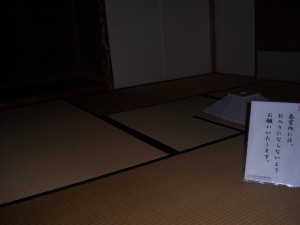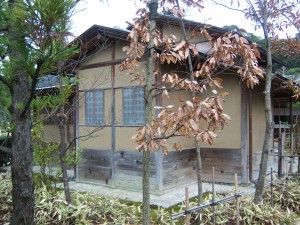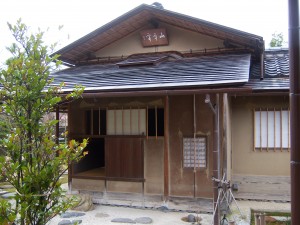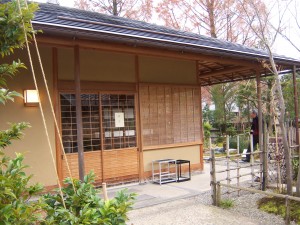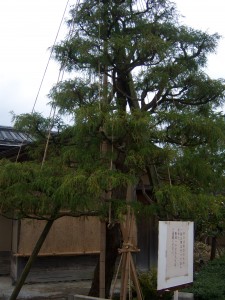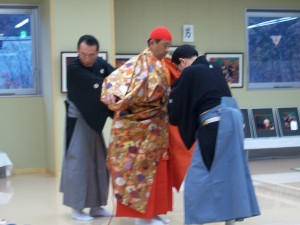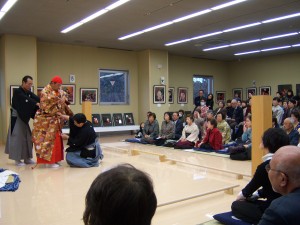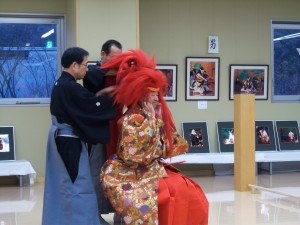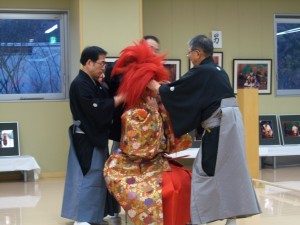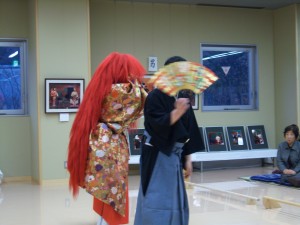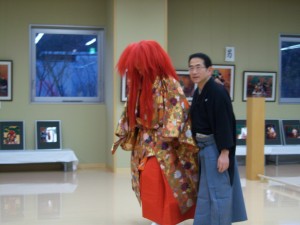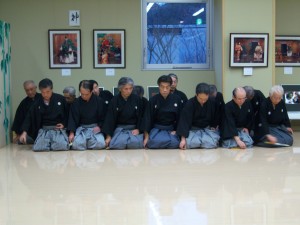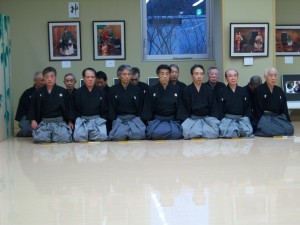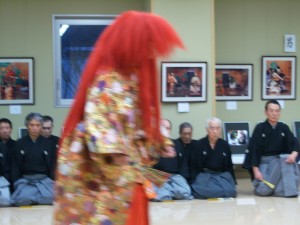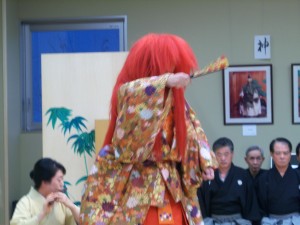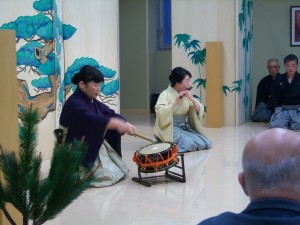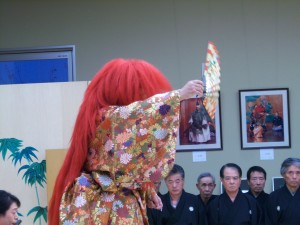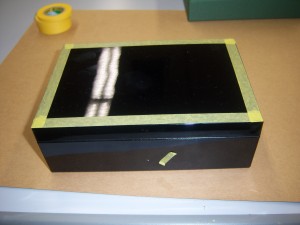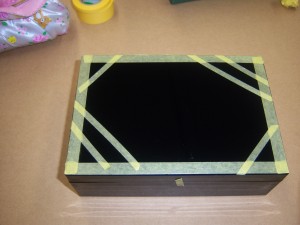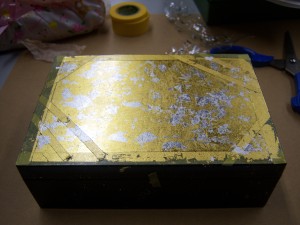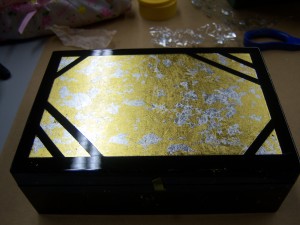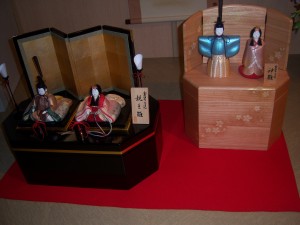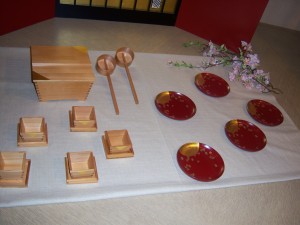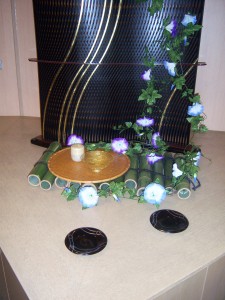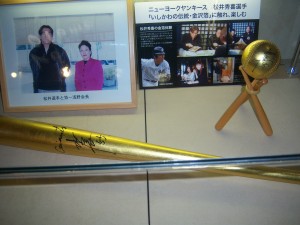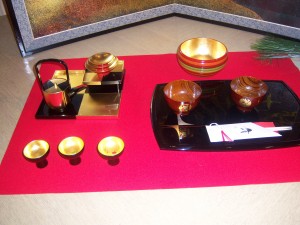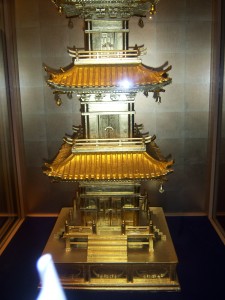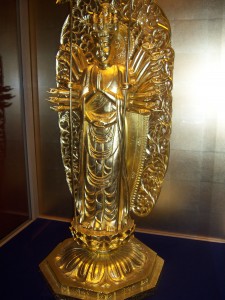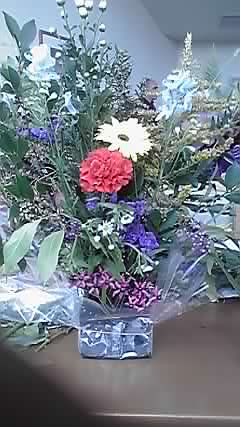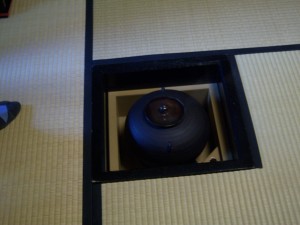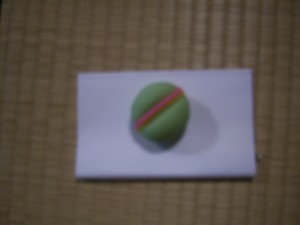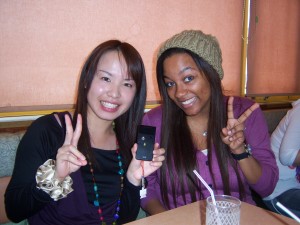I am so glad that my friend picked me up from the airport. By staying overnight at his house in Kawagoe, I got to know what life was like in a Japanese family as well as the countryside area of Japan.
The following day I checked into Izumi International House. Living here is comfortable and has been a good experience. Not only do I get my own room, bathroom, and balcony, there is an well equipped kitchen and small laundry room in the common room of every suite here. However, I also have to prepay for my electricity, and water. This system will surely change me for the better.
In my suite, there are 4 people total. Two of them come from Korea and the other one is from Canada. After our orientations, we have all finally gotten along well together.
Being an international student at Meiji has allowed me to understand what life is like for international students at New Paltz. For example. although international students cannot understand everything we native English speakers say sometimes, they really listen and try to make the most of what they understood. Because my Japanese is terrible I would say, I am trying my best to improve every single day here like they did in America. Also, since there are only a few American students here, I get to interact with many other international students from countries more so than as a native student at New Paltz.
So more about Japan:
There are many more variety shows here as well as more colorful commercials. I really enjoy Japanese television.
Sakura flowers had just recently bloomed, but will disappear soon. That is why around this time, people attend “flower viewing” sessions to appreciate its beauty while they are still can.
Inkan or seals are needed for legal documents because they act like signatures. I just made mine yesterday!
Tokyo is well connected by subway lines. You pay for your ticket by the distance. You also have to adjust your ticket fare if you need to transfer trains at a station. However, you can reduce the trouble by using either Pasmon or Suica cards which are similar to Metro Cards in NYC. Pasmon’s usefulness is limited to within Tokyo while Suica can be used to access the greater Tokyo area. With a Suica card, you can even use it as a debit card to buy merchandises if you have enough points!
Similar to a monthly Metro Card in NYC, there are commuter passes in Tokyo. To obtain one, you would need a student ID, as well as document from the school stating where you live and the school’s nearby station. However, unlike a month Metro Card where you can go wherever you want in NYC, you are limited to only using the commuter pass to stations in between your route to school.
I still have 2 weeks before school starts!
-Sampson


